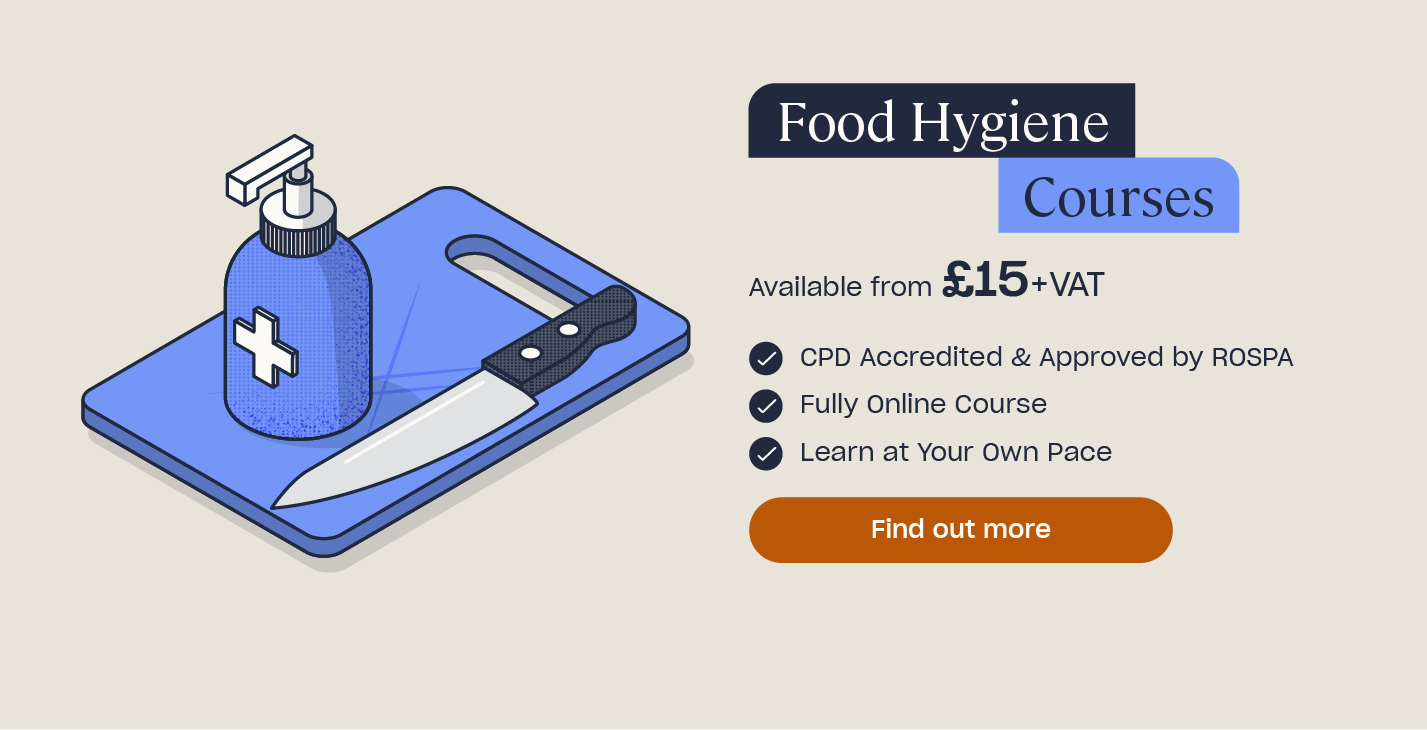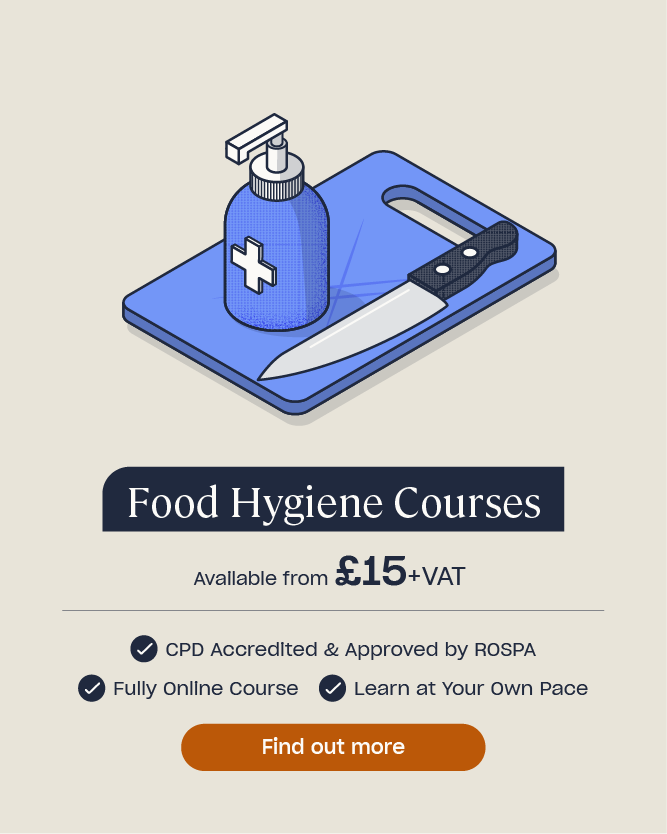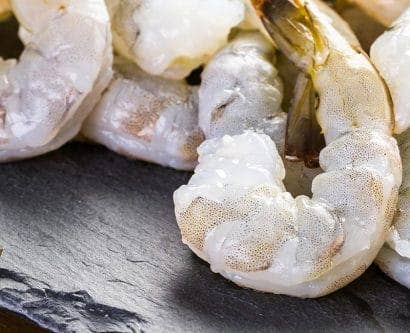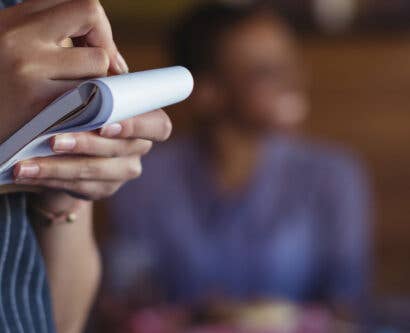What are the Four Types of Food Contamination?
Food contamination can have serious consequences for both consumers and food businesses alike. It can cause harm to consumer health and safety and can drastically affect a business’s reputation if somebody is harmed there.
While most people believe there are only three types of contamination, there are in fact four that you should know about. It’s essential that you are aware of these four types in order to protect your customers’ health and your business’s reputation.
The Four Types of Contamination
There are four main types of contamination: chemical, microbial, physical, and allergenic. All food is at risk of contamination from these four types. This is why food handlers have a legal responsibility to ensure that the food they prepare is free from these contaminants and safe for the consumer.
Food contamination is dangerous. The consequences of eating contaminated food range from sickness all the way to death. Because of this, it’s critical that you understand what the four types of contamination are and how you can prevent them from affecting the safety of food.
Need Food Hygiene Training?
Our range of Food Hygiene Training Courses aim to provide you with the required knowledge to meet food hygiene requirements. If you are unsure which course is right for you, take a look at our Choose a Food Hygiene Course page which will help you decide.
Chemical Contamination of Food
Chemical contamination happens when a food becomes contaminated by some kind of chemical substance. Chemicals are used frequently in the kitchen for cleaning and disinfection, so it’s unsurprising that they can contaminate food. Contamination may occur from preparing food on a surface that still has chemical residue on it or if someone sprays cleaning chemicals close to uncovered food.
Additionally, food can become contaminated from chemicals before it even reaches the kitchen. For example, fertilisers and pesticides may have been sprayed near food when it was growing.
Anybody who prepares and handles food must make sure that the food they serve is free from chemical contamination. To ensure this, they should:
- Always store chemicals in a separate area to food.
- Follow the manufacturers’ instructions when using chemicals.
- Keep food covered when cleaning.
- Use approved suppliers who can guarantee the safety of the food they provide.
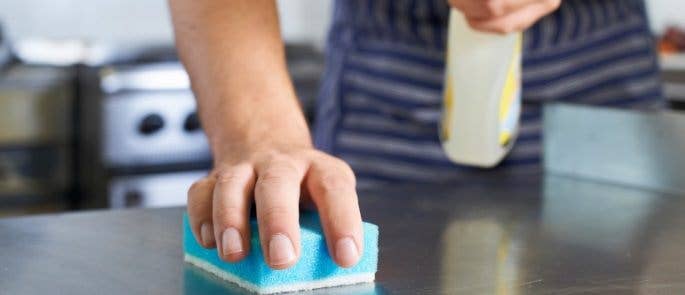
Microbial Contamination of Food
Microbial contamination happens when a food has been contaminated by microorganisms, including bacteria, viruses, mould, fungi, and toxins. This can happen through various means, for example:
- Undercooking chicken can give rise to campylobacter, a type of bacteria.
- During the rearing and slaughtering of animals, the salmonella that lives in animal intestines can transfer onto food products.
- Storing and preparing high-risk raw foods close to ready to eat food can lead to cross-contamination.
- Fish and shellfish may eat toxic-producing organisms that are dangerous to humans if they eat them.
Microbial contamination is the most common reason behind outbreaks of food poisoning. The best way to prevent this type of contamination is by following strict, high-standard food hygiene practices. This means:
- Having impeccable personal hygiene and taking time off from work when you are ill.
- Separating raw and ready-to-eat food at all stages of the food handling process, from delivery to serving.
- Always washing raw fruit and vegetables.
- Controlling pests and ensuring they are not on the premises.
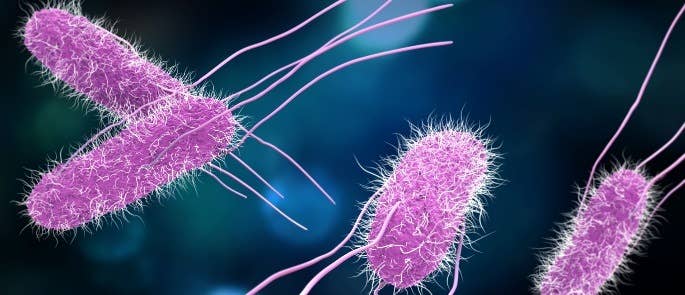
Physical Contamination of Food
Physical contamination happens when a food has been contaminated by a foreign object. It can occur at any stage of food delivery and preparation. Physical contamination can cause serious harm to the consumer, including broken teeth or choking.
Types of physical contaminants that can be found in food include jewellery, hair, plastic, bones, stones, pest bodies, and cloth. Additionally, if there are problems with the food premises or equipment, such as flaking paint or loose screws in a piece of equipment, then these may also enter food. Physical contaminants may even carry harmful bacteria, posing an even greater risk.
You can prevent physical contamination through:
- Replacing any damaged equipment immediately.
- Reporting any faults with equipment and premises without delay.
- Having a thorough pest control system in place.
- Following dress code principles, such as removing jewellery when handling food and wearing a hairnet.
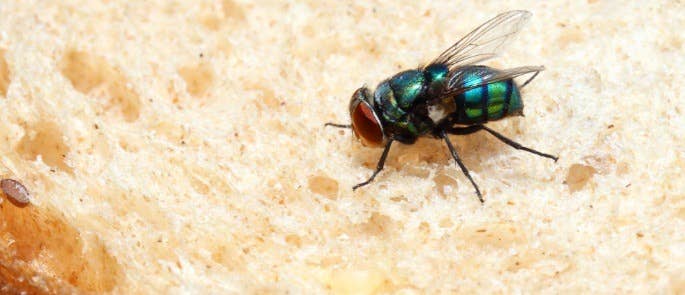
Allergenic Contamination of Food
Allergenic contamination occurs when a food that causes an allergic reaction comes into contact with another food. For example, if the same knife used to cut normal bread is then used to cut gluten-free bread, or if pasta is stored in a tub that used to contain peanuts.
There are 14 named allergens. These are the foods that account for the majority of food allergies in people. The list includes things like gluten, peanuts, eggs, mustard, soy, and fish.
For someone with a food allergy, consuming even a tiny amount of that food is enough to cause a fatal reaction. As a result, it’s essential that you prevent allergenic contamination of food in your premises. In order to do this, you must:
- Ensure your food comes from approved suppliers who you know will take allergenic contamination seriously.
- Keep preparation areas, equipment, utensils, and cloths that you use for allergenic foods separate to those you use for other foods.
- Separate allergenic products from other food products in your fridges, freezers, and all other food storage areas.
- Thoroughly clean and disinfect your kitchen regularly and especially after preparing food that contains one of the fourteen allergens.

All food is at risk of one of the four types of contamination: chemical, microbial, physical, and allergenic. However, it’s essential that you prevent these contaminants from affecting the safety of your food. Food poisoning, injury, and allergic reactions are all consequences of contamination but, by following safe working practices, you can help to prevent them all.


